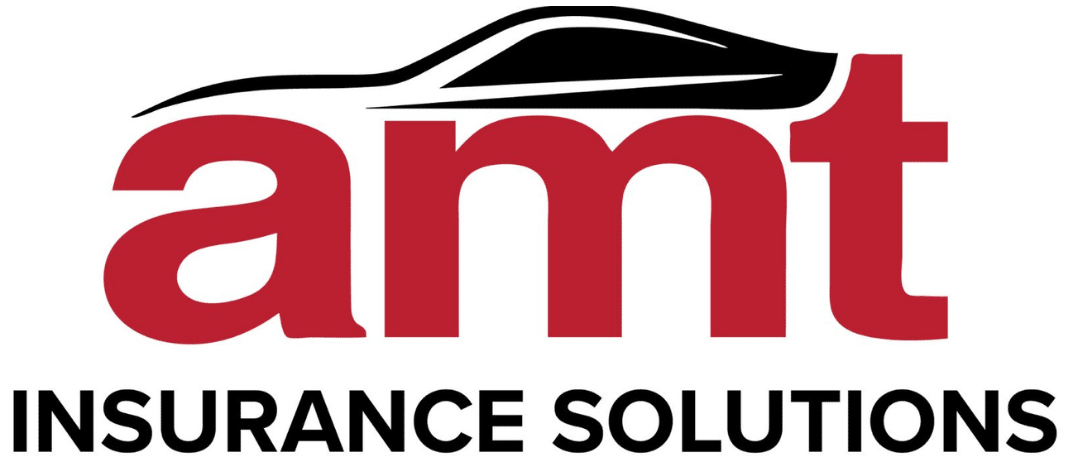
How to Keep Drivers Safe & Lower Insurance Premiums – 1
April 26th 2024
In this 2 part series, we talk about the different areas that can cause safety issues for commercial drivers and the ways in which you can advise your employees, in order to help keep mitigate rising insurance premiums by avoiding risks.
Safety stands as a fundamental pillar for any business and is safeguarded by various laws and regulations through the Highway Code and the Road Traffic Regulations Act. It’s crucial that everyone, from drivers to company managers, not only recognises but also fulfils their safety responsibilities. Implementing such strategies is especially important when managing a fleet, where comprehensive fleet insurance safeguards against uncontrollable risks and potential factors that could negatively impact your business.
- Driver Fatigue
Fatigue can stem from various sources and drivers may experience fatigue due to factors unrelated to work, as well as from insufficient rest during their working hours.
An employee grappling with fatigue won’t be able to focus on the task of driving, jeopardising their safety and that of other road users. Their reaction time and coordination may suffer. Fatigue induced by medication, or a medical condition could render a driver unfit for legal driving. Businesses must ensure drivers are aware of DVLA regulations regarding medical conditions and that drivers carefully follow instructions for any medications they take.
Lifestyle changes, such as returning from a holiday overnight and driving the next morning after minimal or disrupted sleep, or adapting to different shift times, can lead to fatigue.
Fatigue can create irrational behaviour, potentially resulting in road rage, customer conflicts, or generally erratic actions that are out of character.
Shift workers are particularly vulnerable to fatigue, and despite vehicles being equipped with more aids, there’s a risk that drivers may be lulled into a false sense of comfort and security, relying on features like cruise control, lane departure warnings, heated seats, and more.
Emphasising the importance of regular breaks and encouraging drivers to take time away from their vehicles, especially during long journeys, is essential to limit these risks.
- Drivers Hours
Making sure drivers follow proper duty and rest periods is crucial for keeping the roads safe and preventing accidents caused by tired drivers. It’s a legal must to keep track of how long drivers work, but many companies with vehicles under 3500kgs GVW often forget about it.
Both drivers and employers need to take charge of recording and managing both duty and rest hours. The rules about how long drivers can work can be tricky because they depend on the size and weight of the vehicle and whether there’s a trailer being towed.
Employee contracts need to clearly state the regulations that apply to their work and Managers should know the regulations that apply to their employees. Workers handling both GB Domestic and EU Drivers Hours should be identified, and their digital tachograph cards checked accordingly and there should be systems in position to track drivers’ work hours and rest periods, with any violations being identified and addressed.
- Driver Distraction
Distraction plays a major role in many road traffic incidents, and both employers and employees share the responsibility of ensuring that drivers stay focused. Distractions can be grouped into different types:
- Visual: Like “Rubber Necking,” checking messages on a device, or reading roadside signs.
- Audio: Engaging in deep discussions with crew members or being on a conference call.
- Manual: Searching for items in the cab area or looking through a device for information.
- Cognitive: “Daydreaming,” thinking about upcoming tasks, or reflecting on recent conversations or situations.
Employers need to establish clear policies and procedures to ensure that employees are aware of their responsibilities. These policies should provide clear guidelines on the use of mobile devices and other equipment that could be considered distracting while driving. Drivers should receive and understand policies related to driving for business. These policies need to cover both company and legal requirements for using both business and personal equipment while driving.
Reporting systems should not only cover initial checks and accident reports but also include near-miss incidents. Data from these reports, along with telemetry and fleet data, can help identify areas of risk.
As well as helping to keep your insurance premiums to a minimum by helping to reduce potential risks, these will also help you reduce other costs, improve operating conditions and ensure you have safe and legal vehicles and promote wellbeing for your fleet of drivers.
To create a quote or speak to one of our insurance experts, feel free to use our online contact system for more information.
Browse our broad range of insurance options to find the best solution for your business.

